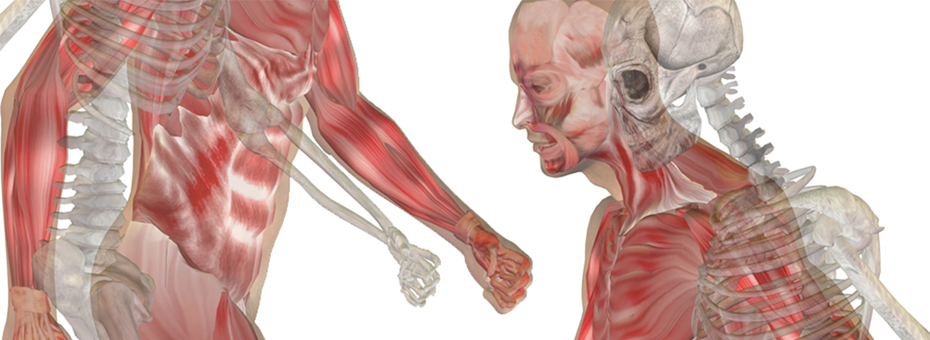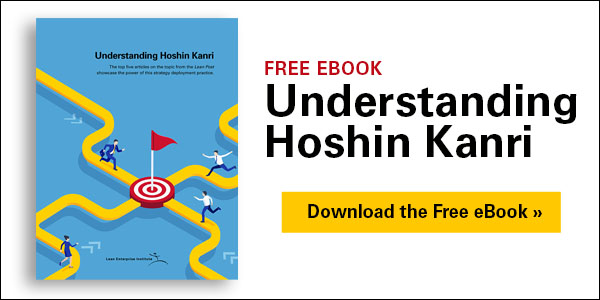Recently I spent a week at a prominent organization in the Midwest embroiled in an intense discussion about strategy with 45 of their supply chain group’s executives.
The topic was hoshin, commonly known as “strategy (or policy) deployment,” a process that aligns — both vertically and horizontally — an organization’s functions and activities with its strategic objectives. Our focus was on how these executives could work together to strengthen alignment across the organization. Everyone agreed that they currently do not align corporate goals within their function or across functions (like HR or Product Development).
How did this misalignment happen? Like so many, this particular organization, executives are measured against their department or function’s own unique goals, not the organization’s. These misplaced performance measures result in conflicting priorities, which stifle the organization’s ability to create value for the customer.
But, what a satisfying week for all. Why do I say this?
- Everyone involved (up to the CEO) acknowledged the problem and was willing to speak openly about solving it.
- We all spent one morning deeply analyzing the current process for strategic planning and thinking about ways to improve the process.
- The group agreed that they need to start by aligning supply chain processes first (starting with self-reflection) before fully engaging other groups like HR or Product Development.
How did they come to this conclusion?
I’ve been working with this company for a while now. It’s taken a couple of years of focused effort to develop a culture of lean thinking on the shop floor where people can bring issues to light, openly discuss problems, and work with their team members to tackle them. And, as expected, as we’ve piloted and implemented standardized work and problem-solving, the problems have begun to come to the surface.
For example, operators struggled to assemble the outer case of the product due to fitting issues caused by the original design. The company realized that the work of all (management, engineering, HR) must focus on how to make the process better for the operator. You make life better for operators by actively engaging them in improving their work and, in so doing, giving them a chance to improve the work of the organization.
How do you build a continuous improvement culture?
First, you need some level of top management engagement and drive. In this case, the CEO recognized the organizational alignment issues and felt the urgent competitive business need to improve operations through continuous improvement.
Next, work with your team members to think about what goals, objectives, and problem-solving opportunities the organization needs to align around. Aligning to what problems? You find out what problems to solve by going to the gemba. The work on the shop floor brings to light the problems that are getting in the way of the real value-added work.
Think of hoshin kanri’s (strategy deployment) relationship to the organization like the musculoskeletal system’s is to the human body. The body needs a strong skeletal structure, just as an organization needs a hoshin or plan to hold it together. But a body can’t move effectively if its muscles (continuous improvement) are not kept active and developed.
When you don’t use or move muscles, they atrophy, and the body becomes weak, not adaptive, and uncompetitive. Also, individual muscles can’t move independently; to be effective — to make purposeful movement — they must connect to something, the skeleton, which provides a common purpose that, in turn, helps them work in concert with other muscles. In this way, continuous improvement (muscles) and hoshin (skeleton) complement each other when practiced correctly, strengthening the organization (body).
What happened with the organization I visited in the Midwest? They saw a huge benefit to “exposing” their misalignment. So, as a next step, we’ll organize similar events and discussions in other functions to create a shared awareness horizontally across the organization.
What to Do Next?
Join us for Hoshin Kanri Remotely: Aligning and Executing on Your Organizational Objectives. Through this nine-week learning experience, you will sharpen your leadership skills and develop a deeper understanding of this approach to strategy development and deployment.
Hoshin Kanri
Aligning and Executing on Your Organizational Objectives.







